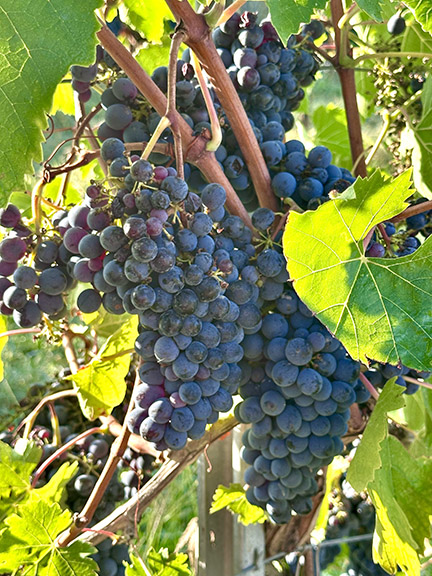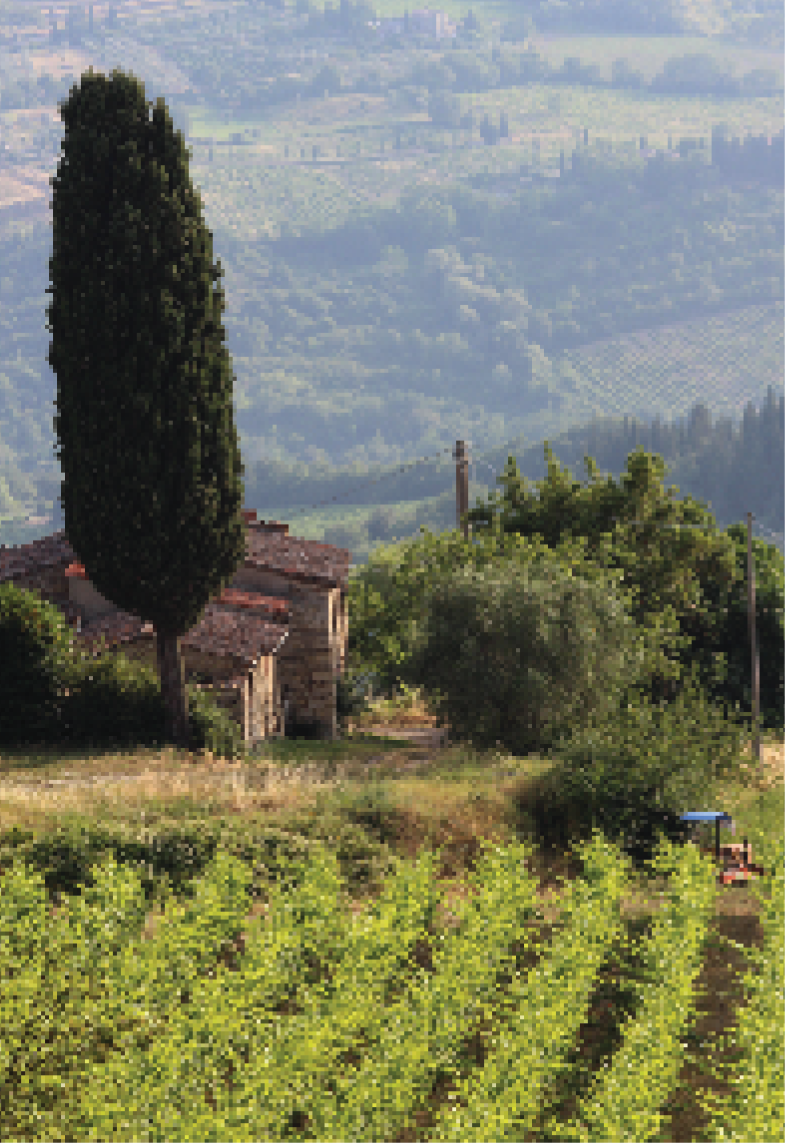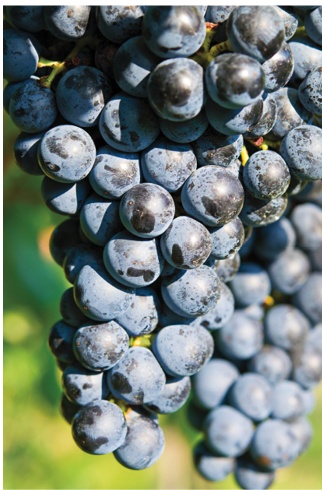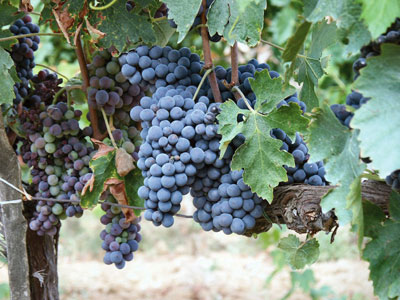Varietal: Sangiovese
Sangiovese
Sangiovese is the ultimate wine to pair with food due to the variety’s ability to hold its acidity as it ripens and generous amounts of ripe red fruit flavor. Learn more about this Italian variety that is planted worldwide.
10 Italian Red Wines to Make at Home
NEBBIOLO Nebbiolo derives its name from nebbia, in reference to the foggy conditions under which it is typically harvested, and possibly from nobile, as it is considered the most noble of Italian
15 Wine Kits to Try
Most home winemakers have limits on their winemaking space, equipment, cellar capacity or the ability of their liver to keep up. If you are one of those who has to pick and
15 Wine Styles You Need to Make
One of the things that makes wine irresistible is the endless variety: every grape, every region, every vintage, every bottle tastes a little different from the last. And so while there is
Sangiovese: The king of Tuscany
Grapes in Tuscany are a way of life, and Sangiovese, the red workhorse of Tuscany through the millennia, is as noble as they get — well, depending who you talk to.
Making Sangiovese: Tips from the Pros
Sangiovese is primarily associated with wines from Italy, especially from the Tuscany region. However, there are also a number of vineyards in the New World growing Sangiovese. The 2012 California Grape Crush
Sangiovese: Varietal Focus
Literally spoken, creating Chianti in the United States is not possible. Chianti is a style of wine that can only be derived from specific grapes grown in a specific area (in Chianti






